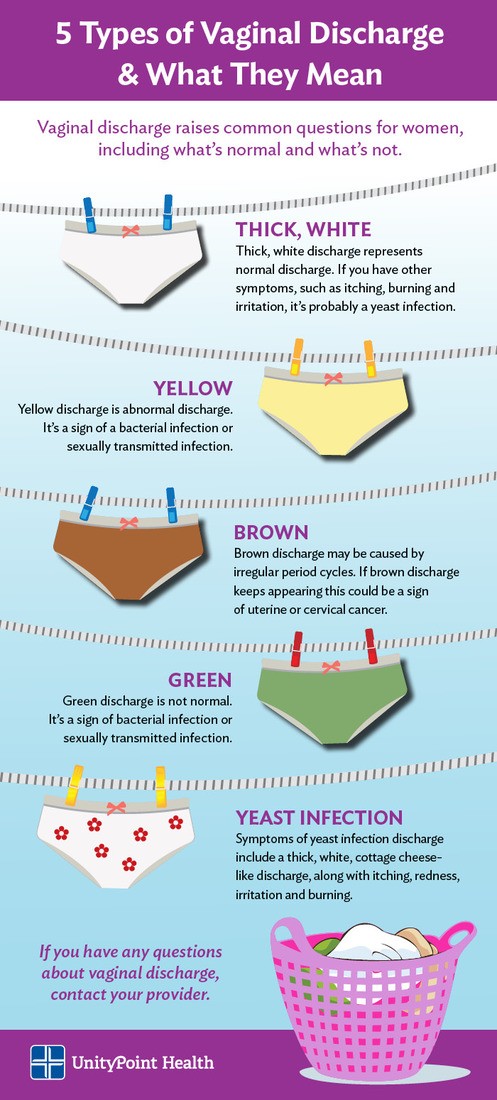Vaginal discharge is a common occurrence for women, often raising questions about what’s normal and what’s not. Thick, white discharge can be particularly concerning. This article explores the causes of thick, white discharge, when it’s considered normal, and when it warrants a visit to a healthcare professional.
Understanding Vaginal Discharge
Vaginal discharge is fluid secreted by glands in the vagina and cervix. This fluid carries away dead cells and bacteria, keeping the vagina clean and helping to prevent infection. Normal discharge varies in amount, consistency, and color, ranging from clear to milky white. A slight odor is also typical, but a strong, fishy smell can indicate infection.
Thick, White Discharge: Normal or Not?
Thick, white discharge can be entirely normal, particularly at certain points in the menstrual cycle. It’s common to experience an increase in thick, white discharge before and after your period. This is due to hormonal fluctuations influencing the consistency of cervical mucus. However, if the thick, white discharge is accompanied by other symptoms, it may signal an infection.
 vaginal discharge infographic
vaginal discharge infographic
Yeast Infection: A Common Culprit
A common cause of thick, white discharge accompanied by itching, burning, and irritation is a yeast infection. Yeast infections result from an overgrowth of Candida albicans, a fungus naturally present in the vagina. The discharge associated with a yeast infection is often described as having a cottage cheese-like consistency.
Other Causes of Thick, White Discharge
While a yeast infection is a frequent cause, other factors can also contribute to thick, white discharge:
- Bacterial Vaginosis (BV): Although BV discharge is often characterized as thin and gray with a fishy odor, it can sometimes appear thicker and whitish.
- Sexually Transmitted Infections (STIs): Certain STIs can cause changes in vaginal discharge, potentially resulting in a thicker, white consistency.
- Hormonal Changes: Pregnancy, breastfeeding, and menopause can all influence vaginal discharge, potentially leading to increased thickness and a white color.
When to Seek Medical Attention
If you experience thick, white discharge along with any of the following symptoms, it’s crucial to consult a healthcare provider:
- Itching or burning: These sensations often accompany infections.
- Redness or swelling: These signs suggest inflammation and potential infection.
- Pain during urination or intercourse: Pain can indicate a more serious issue.
- Foul-smelling discharge: A strong, unpleasant odor often signifies infection.
- Changes in discharge consistency or color: Significant deviations from your usual discharge can warrant evaluation.
Monitoring Your Vaginal Health
Paying attention to changes in your vaginal discharge is essential for maintaining good vaginal health. Knowing what’s normal for you allows you to recognize potential problems and seek timely medical care if necessary. Consulting a healthcare provider is always recommended if you have concerns about your vaginal discharge.
